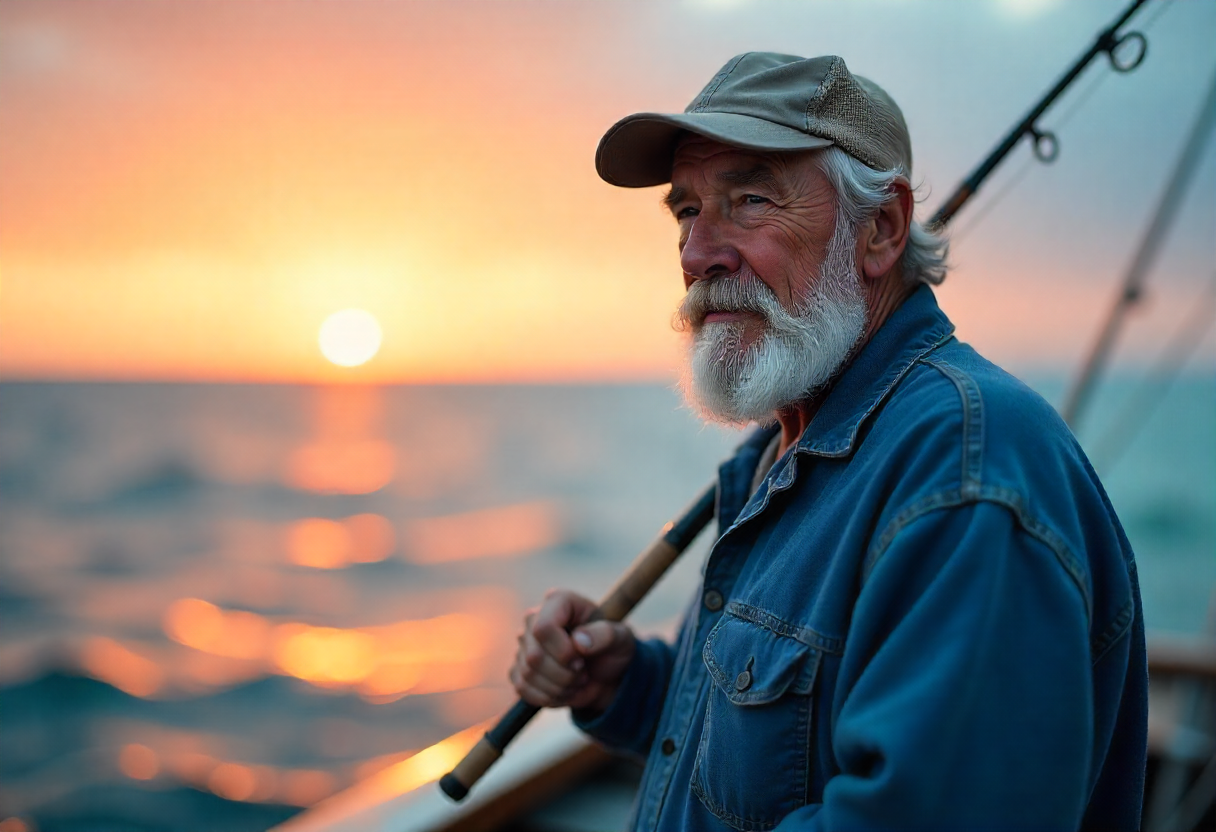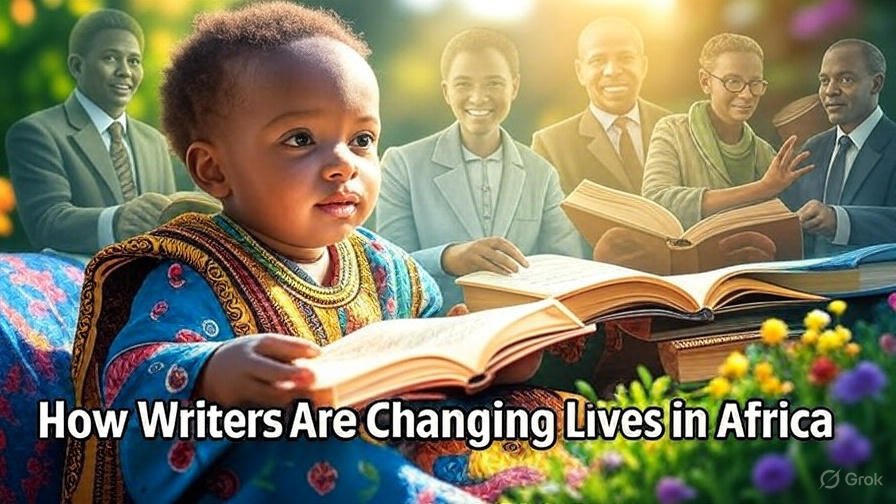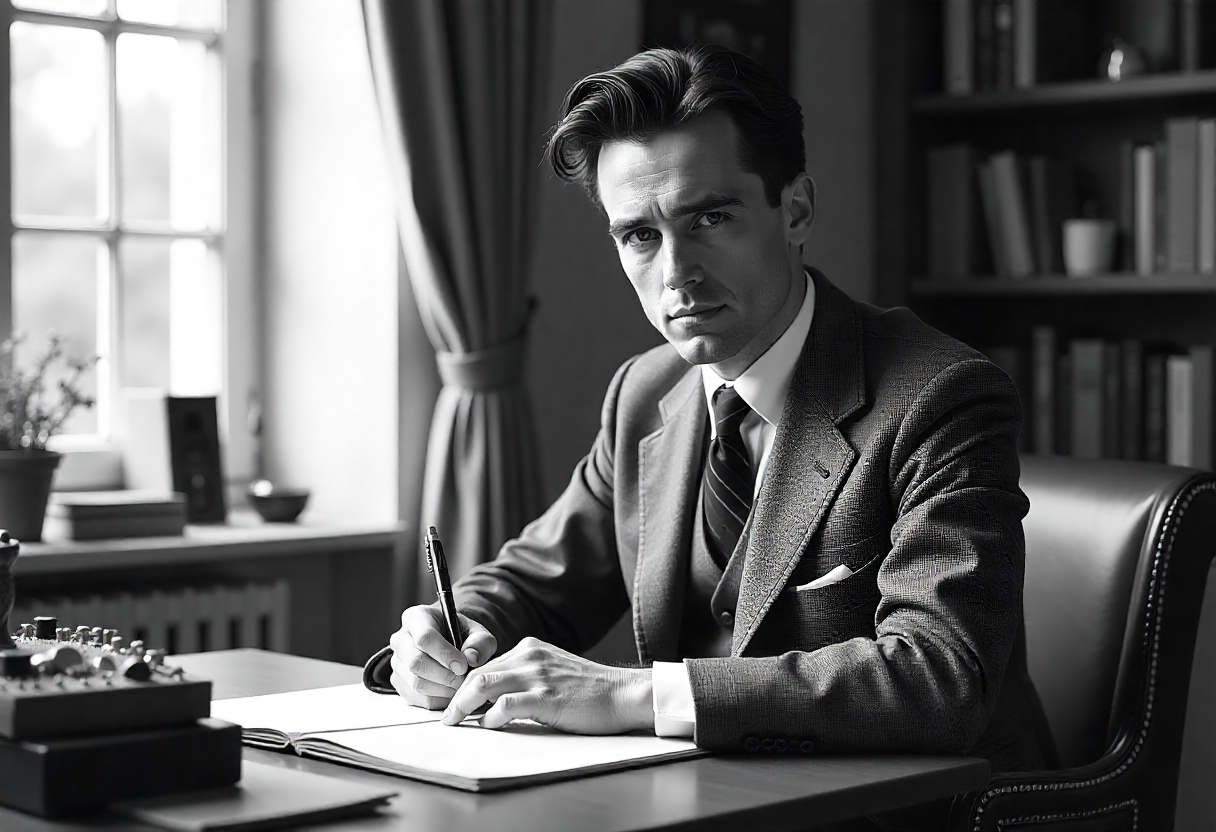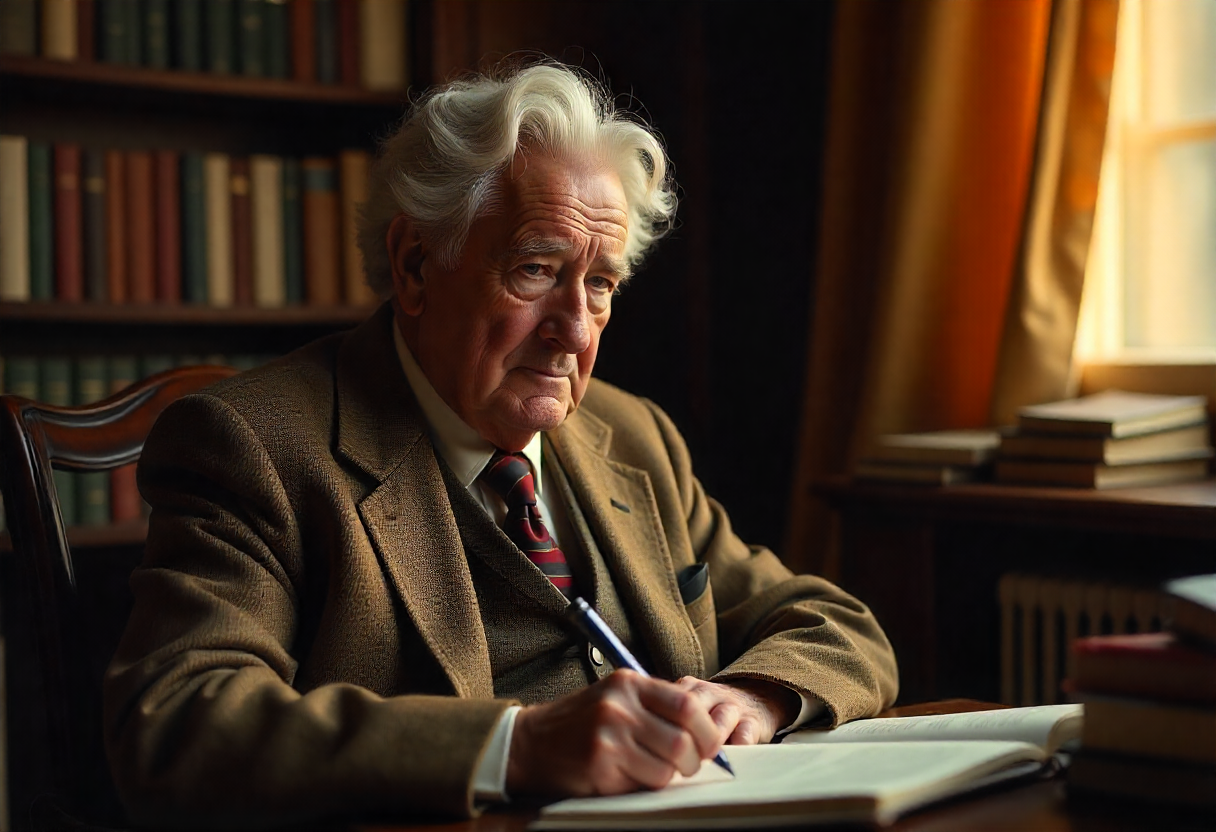Ernest Miller Hemingway (1899–1961) was one of the most influential American writers of the 20th century, renowned for his terse prose, adventurous life, and larger-than-life persona. A Nobel and Pulitzer Prize winner, Hemingway crafted classics like The Old Man and the Sea, A Farewell to Arms, and For Whom the Bell Tolls, shaping modern literature with his "Iceberg Theory" of writing. Beyond his work, he was a war correspondent, big-game hunter, and deep-sea fisherman—a man whose life was as dramatic as his fiction. This biography explores his tumultuous journey, literary genius, and enduring legacy.
Early Life and Formative Years
Born on July 21, 1899, in Oak Park, Illinois, Hemingway grew up in a strict, middle-class family. His father, Clarence Hemingway, was a physician who taught him hunting and fishing, while his mother, Grace Hemingway, pushed him toward music and art.
Key Early Influences:
- Outdoor Adventures: Summer trips to Michigan’s wilderness inspired his love for nature.
- Journalism: After high school, he worked for The Kansas City Star, where he learned economical, punchy writing—a style that defined his fiction.
World War I and "A Farewell to Arms" (1918–1929)
Eager to serve in WWI, Hemingway became an ambulance driver for the Red Cross in Italy. At 18, he was severely wounded by Austrian mortar fire, an experience that shaped his war-weary worldview and later A Farewell to Arms (1929).
The Lost Generation in Paris
In the 1920s, Hemingway moved to Paris, joining expatriate writers like F. Scott Fitzgerald and Gertrude Stein (who coined the term "Lost Generation"). His debut novel, The Sun Also Rises (1926), captured postwar disillusionment and made him a literary star.
Literary Peak: War, Love, and the Nobel Prize (1930s–1950s)
1. For Whom the Bell Tolls (1940)
- Based on his experiences as a war correspondent in the Spanish Civil War.
- Explores loyalty, sacrifice, and the brutality of war.
2. The Old Man and the Sea (1952)
- A Pulitzer Prize–winning novella about an aging Cuban fisherman’s struggle with a giant marlin.
- Cemented his Nobel Prize in Literature (1954) for "his mastery of the art of narrative."
Writing Style: The Iceberg Theory
Hemingway believed in omitting unnecessary details, letting subtext speak:
"The dignity of movement of an iceberg is due to only one-eighth of it being above water."
Adventures and Personal Turmoil
Hemingway lived hard and fast, with a life as dramatic as his fiction:
War Correspondent
- Covered WWII (including D-Day) and the Spanish Civil War.
- Survived two plane crashes in Africa (1954).
Marriages and Scandals
Married four times:
- Hadley Richardson (1921–1927) – The Paris years.
- Pauline Pfeiffer (1927–1940) – Rivalry with Hadley inspired The Garden of Eden.
- Martha Gellhorn (1940–1945) – Fellow war reporter; their marriage crumbled under competition.
- Mary Welsh (1946–1961) – His wife until death.
Struggles with Mental Health
- Battled depression, alcoholism, and paranoia in later years.
- Received electroshock therapy, which worsened his condition.
Death and Legacy
On July 2, 1961, Hemingway died by suicide with a shotgun at his Idaho home, following his father and siblings’ tragic paths.
Why Hemingway Still Matters
- Revolutionized prose: His lean, direct style influenced generations (e.g., Cormac McCarthy, Joan Didion).
- Cultural icon: The epitome of macho bravado—though later critics reevaluated his toxic masculinity.
- Enduring themes: Courage, despair, and the human condition resonate today.
As John Updike said:
"Hemingway wrote as if he were the first man ever to tell a story."
Conclusion
Ernest Hemingway was a man of contradictions—a tough guy who wrote tenderly about love, a war hero tormented by trauma. His fiction stripped life to its rawest truths, just as he lived: boldly, recklessly, and unforgettably. Though his demons won in the end, his words endure—proof that, like his old fisherman Santiago, Hemingway "can be destroyed but not defeated."
As he once wrote in A Farewell to Arms:
"The world breaks everyone, and afterward, many are strong at the broken places."
Lit2Talks is on a mission to make knowledge free for everyone. Publish, read, and download books at Lit2Talks.










